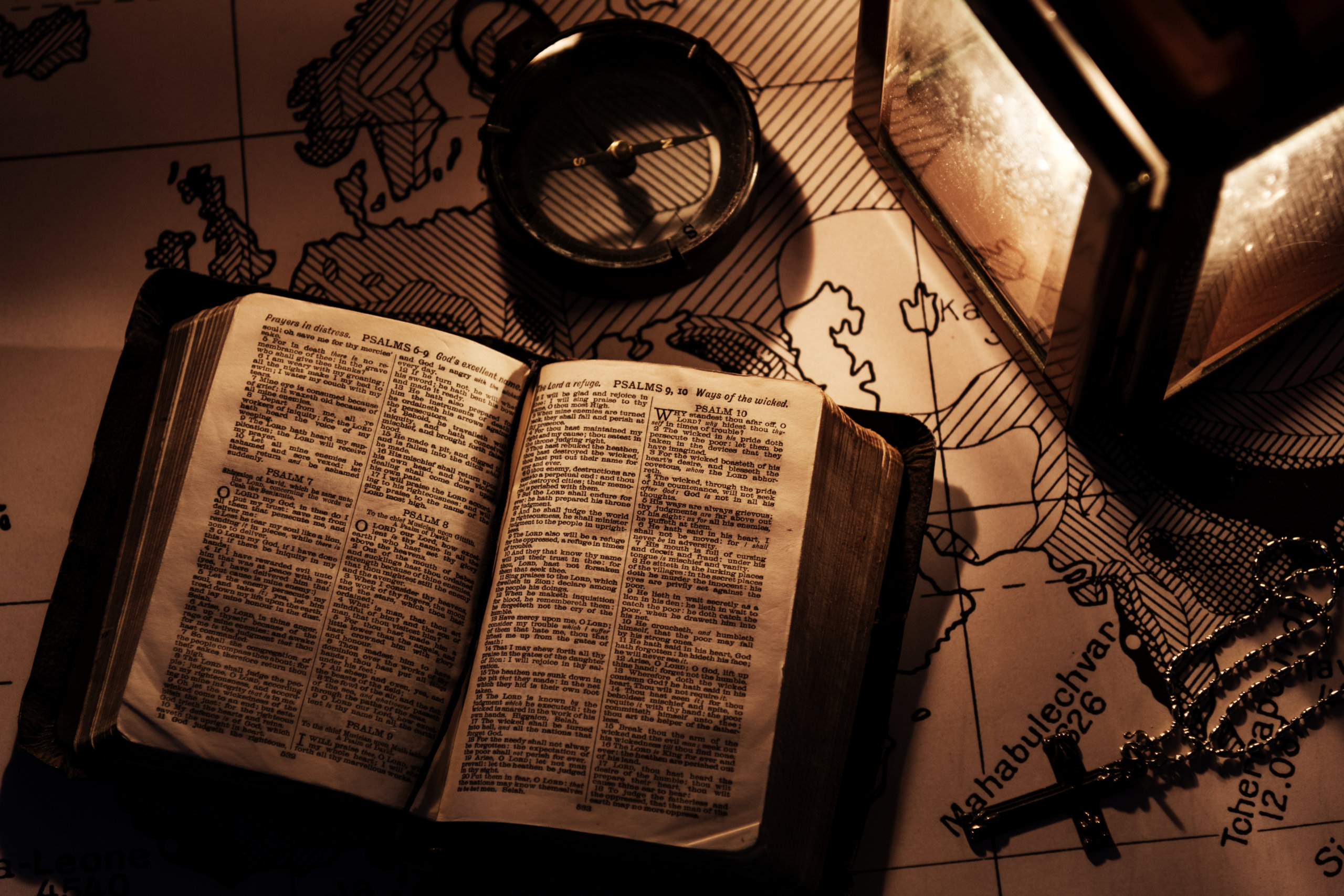The Darn Walk, Bridge of Allan to Dunblane, Stirlingshire, Scotland
Yesterday’s walk was the Darn Walk which is visible on the map below as the North to South blue line between Dunblane and Bridge of Allan. It is sunken into the landscape in parts perhaps because so many thousands of feet have walked along it over the centuries.
Pinched text from Heritage Paths: “The Darn Road was an ancient trackway that local tradition says was used by the Romans. If this is true then it must be one of the oldest routes in the area. It did not cross the Allan Water at all, unlike the modern road which crosses it twice, and heads directly into Dunblane.
By 1858 the diversion of the “Darring Road”, although it was considered by then to be only a footpath, caused much local upset. John Stirling of Kippendavie closed the road by having a wall built across it, but each night the day’s work was knocked down, allegedly by the same workmen.
The Darn Walk also runs between Bridge of Allan and Dunblane, on the east side of the Allan Water, taking a similar line to the earlier Darn Road. It has been said to have been developed in the second half of the nineteenth century to add to the amenity of Bridge of Allan. We are unclear whether this follows at least in part the line of the locally contentious diversion, but certainly two distinct routes can be traced on the OS 6″ first edition mapping of the 1860s.
Robert Louis Stevenson (1850-1894) regularly used the Darn Walk – it has been suggested that the cave part way along was the inspiration for Ben Gunn’s cave in Treasure Island.” As an aside, you will know RLS also the author of Kidnapped which is loosely based on the story of the murder of Colin Campbell of Glenure in 1752 with a Stewart of Appin (although which one?) being the chief suspect.
In real life, a most-probably innocent James ‘of the Glen’ Stewart was hung for the crime. 1750s was a time of great twitchiness for the Hanoverians as Culloden has not long passed and many of the Highland clans were viewed with suspicion having not fully proven loyalty, and there was still a fear of another Jacobite uprising. James Stewart’s hung body was hoisted near Ballachulish Bridge as a warning to the local population and beyond of what would happen to “traitors”. It was left hanging until it fell by the bones after a couple of years…. Not all Scots know this story but most Stewarts of Appin do!













0 Comments